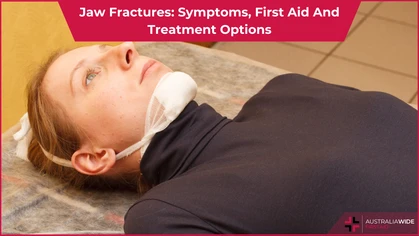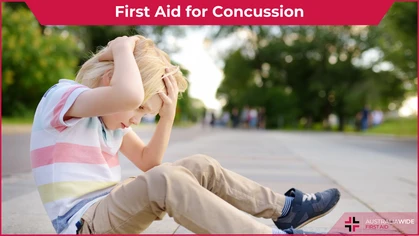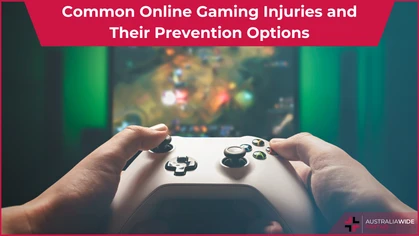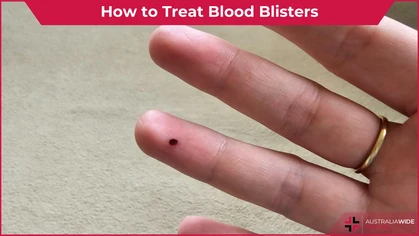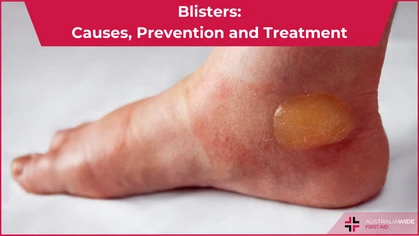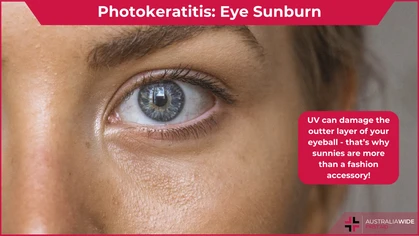Tooth Troubles? Here's How to Find Fast First Aid Relief!

Injury

From sharp, shooting pains to dull, throbbing aches, tooth pain can have many signs, symptoms, and types. Taking a first aid course is essential for quickly addressing tooth troubles and providing relief.
From sharp twinges to throbbing aches, tooth pain can be excruciatingly uncomfortable. Even worse, it can also be a sign of a serious dental issue. If you experience tooth pain, it's essential to find fast first aid relief. This article offers an overview of the signs and symptoms of tooth pain, types of tooth pain and causes, strategies for first aid relief, and why taking a first aid course is essential for quick relief from tooth troubles. By the end of this article, you should have the knowledge and understanding you need to find fast relief from tooth pain.Signs and Symptoms of Tooth Pain
Tooth pain is a common complaint amongst those who experience dental issues. It can range from a dull, aching sensation, to a sharp, shooting pain that can range from mild to severe. The signs and symptoms of tooth pain can vary greatly, depending on the cause. Common signs and symptoms may include:- a dull or sharp pain when eating or drinking, or when exposed to hot or cold temperatures
- inflammation or swelling around the affected tooth
- sensitivity when biting down, brushing, or flossing
- tenderness or soreness of the gums around the affected tooth
- a bad taste in the mouth
- a bad odor coming from the affected area
- a visible abscess, infection, or injury to the affected area
- difficulty when opening the mouth
Types of Tooth Pain and Causes
Tooth pain can be divided into two main categories, acute and chronic. Acute tooth pain is sudden, sharp, and may be accompanied by swelling, fever and difficulty opening the mouth. It can often be caused by an infection, a cracked or chipped tooth, or cavities. Chronic tooth pain, on the other hand, is usually dull, aching and can last for several days or weeks. It is usually caused by clenching or grinding the teeth, misaligned teeth, receding gums, or a sinus infection. It is important to determine the cause of the tooth pain so that you can find the most effective relief. If the pain is due to an infection, a dentist may prescribe antibiotics. For cracked or chipped teeth, the dentist can fill the cavity or provide a crown or bridge. For chronic pain, the dentist may recommend a nightguard to protect the teeth from grinding, or orthodontic treatment to correct the alignment of the teeth. In the meantime, there are some steps you can take to find fast first aid relief from tooth pain. Over-the-counter pain relievers like ibuprofen or acetaminophen can provide temporary relief. Applying a cold compress can also help to numb the area and reduce inflammation. Rinsing your mouth with saltwater can help to reduce the pain and swelling. Finally, avoiding foods that are hard, crunchy, or acidic can help to minimize the pain.Strategies for First Aid Relief
When it comes to tooth troubles, it is important to seek fast first aid relief. Here are some strategies to help you find fast first aid relief:- Make an appointment with your dentist. Your dentist can diagnose the issue and provide immediate relief. It is important to be proactive and make an appointment with your dentist as soon as possible.
- Take over-the-counter painkillers. Painkillers such as ibuprofen and acetaminophen can help to reduce the pain and inflammation associated with tooth troubles.
- Rinse your mouth with salt water. Salt water can help to reduce bacteria and inflammation in the mouth, providing temporary relief.
- Use cold compress. Applying a cold compress to the affected area can help to reduce the pain and inflammation associated with tooth troubles.
- Avoid hard and crunchy foods. Eating hard and crunchy foods can irritate the area and worsen the symptoms of tooth troubles.
- Use dental wax. Dental wax can be used to cover sharp or broken tooth edges, providing instant relief.
Why Taking a First Aid Course Is Essential for Quick Relief from Tooth Troubles
Having a toothache can be a painful and worrisome experience. Taking a first aid course is essential for quick relief from tooth troubles. Australia Wide First Aid is a trusted provider of nationally accredited first aid training and can provide individuals with the knowledge and skills to respond to a range of common medical emergencies. The HLTAID011 Provide First Aid course covers topics such as the recognition of common dental emergencies, how to provide basic first aid treatment, and the importance of seeking professional medical advice. Learners will also be taught how to manage a range of dental emergencies, including toothache, abscess, broken or fractured teeth, and bleeding. Having an understanding of the signs and symptoms of dental problems and the techniques to respond to them, is an essential part of achieving fast first aid relief. Completing a first aid course can be an invaluable tool when responding to a dental emergency. Australia Wide First Aid offers flexible learning formats and experienced trainers to provide tailored first aid training. Whether you need to refresh your existing skills or learn how to manage a dental emergency, Australia Wide First Aid can help you find the best first aid course for your needs.
Originally published at
https://www.australiawidefirstaid.com.au/resources/toothache-woes-get-instant-relief-here
as part of the Australia Wide First Aid Articles Library


